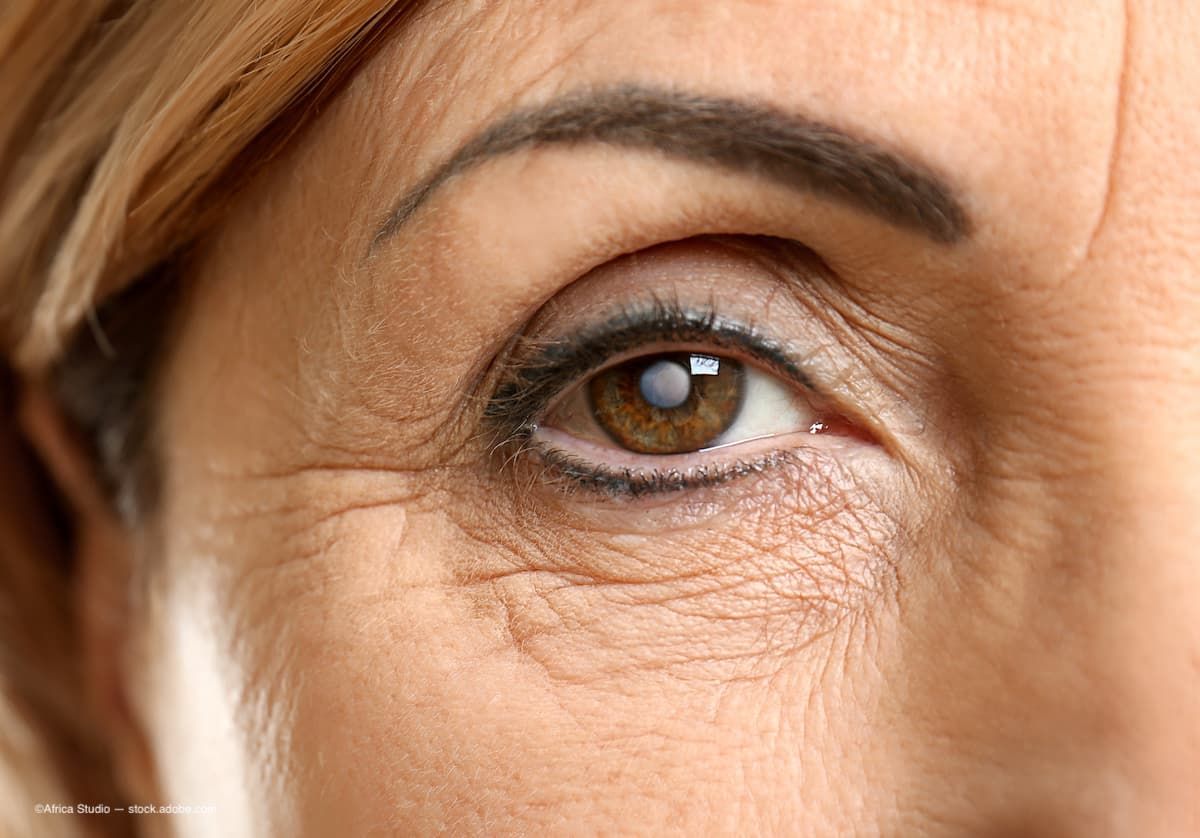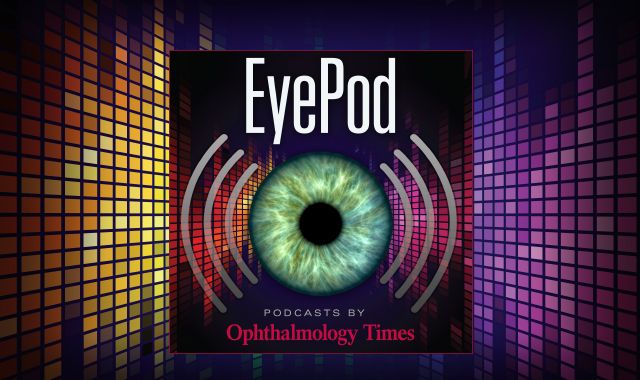Article
Prevent Blindness provides educational resources and information on cataract for Cataract Awareness Month
Author(s):
The organization aims to educate patients and doctors on one of the leading causes of blindness worldwide.
(Image Credit: AdobeStock/Africa Studio)

Prevent Blindness has once again declared June as Cataract Awareness Month.
In a press release from the company regarding the announcement, the organization says the designation of June as Cataract Awareness Month is in an effort to provide patients, care partners and professionals with information on topics related to types of cataract, risk factors, symptoms and cataract surgery. The organization also provides available financial assistance resources for those who may need cataract surgery.
Cataract surgery is one of the most common operations in the United States, with an average of 4 million cataract surgeries performed each year according to the American Academy of Ophthalmology (AAO). By 80 years old, more than half of all Americans will have cataracts according to Prevent Blindness.
Cataracts can come in many forms, age-related being the most common type accounting for 95% of cataracts. However, congenital cataracts that are present at birth are also possible. Traumatic incidents such as a hard blow to the eye or a cut can also cause cataracts as well as some eye and non-eye-related diseases.
Prevent Blindness outlined some of the most common symptoms of cataract in their press release:
- cloudy or blurry vision
- colors that look faded
- difficulty seeing at night
- lamps, sunlight or headlights appearing too bright
- a halo around lights
- seeing double (this sometimes goes away as the cataract gets bigger)
- frequent changes to the prescription of eyeglasses or contact lenses
Prevent Blindness President and CEO Jeff Todd discussed cataract surgery in the press release from the company.
“Unlike many of the other major eye diseases, such as glaucoma or diabetes-related eye disease, cataracts can be easily and painlessly treated by surgery to remove and replace the eye’s lens, restoring sight for most patients,” said Todd. “We urge patients to work with their eye doctor to understand their diagnosis and the best available treatment options.”
Newsletter
Don’t miss out—get Ophthalmology Times updates on the latest clinical advancements and expert interviews, straight to your inbox.





